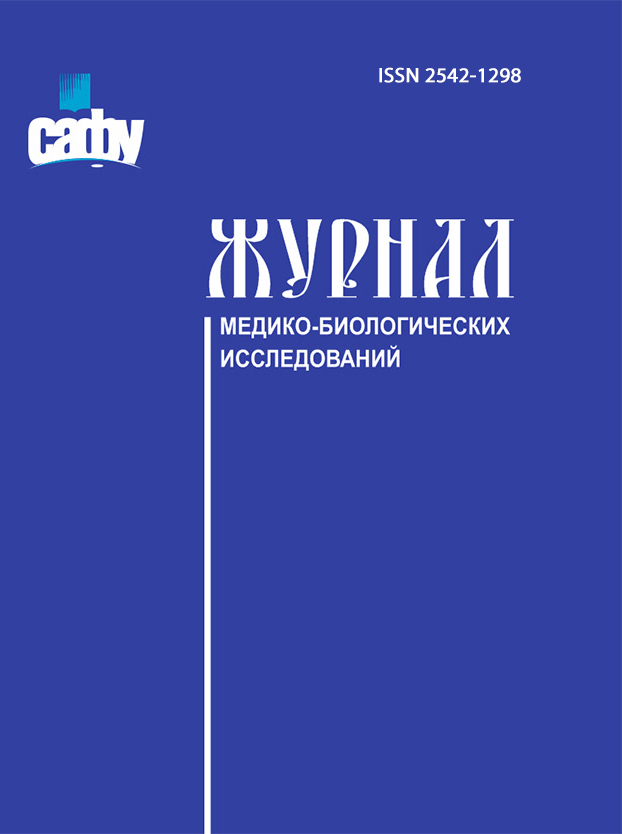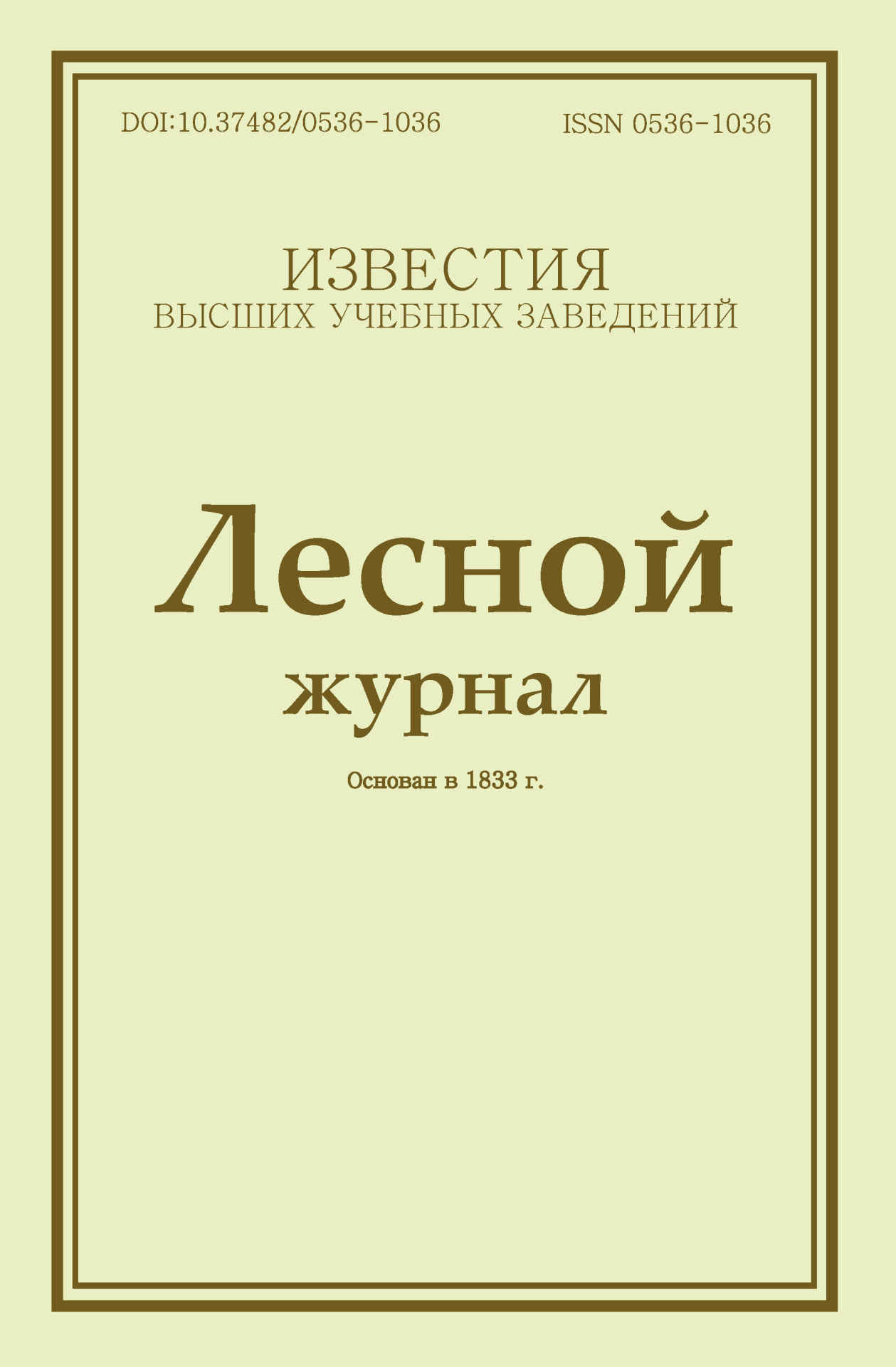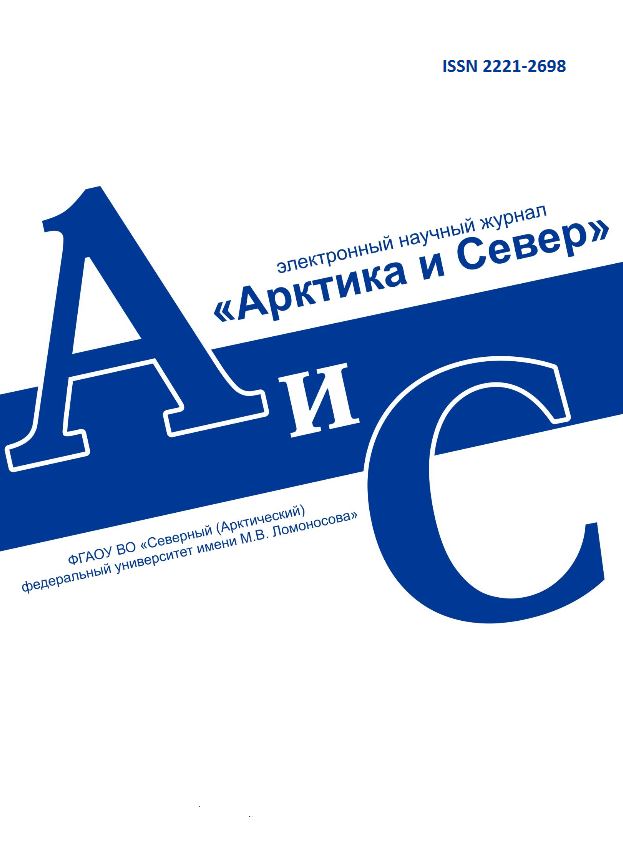
Vestnik of Northern (Arctic) Federal University.
Series "Humanitarian and Social Sciences"
ISSN 2227-6564 e-ISSN 2687-1505 DOI:10.37482/2687-1505
Legal and postal addresses of the founder and publisher: Northern (Arctic) Federal University named after M.V. Lomonosov, Naberezhnaya Severnoy Dviny, 17, Arkhangelsk, 163002, Russian Federation Editorial office address: Vestnik of Northern (Arctic) Federal University. Series "Humanitarian and Social Sciences", 56 ul. Uritskogo, Arkhangelsk
Phone: (8182) 21-61-20, ext. 18-20 ABOUT JOURNAL |
Section: History Download (pdf, 0.5MB )UDC9(47).084:378.4DOI10.37482/2687-1505-V431AuthorsAnton O. GorbachevPostgraduate Student, Russian History Department, Ural Federal University named after the first President of Russia B.N. Yeltsin (address: ul. Mira 19, Yekaterinburg, 620002, Russia). e-mail: gorbachyov.anton@mail.ru, ORCID: https://orcid.org/0009-0001-8818-8591 AbstractEducation plays a major role in the development of the economy, science and culture. Higher education occupies an important place in the educational system. Today, without training highly skilled professionals, it is impossible to imagine a progressive and dynamic development of society. Special prominence should be given to universities as institutions of higher education that retain a high status. This paper attempts to find an answer to the question of why university education continues to be at the core of the higher education system in Russia. To do this, the author studied the experience of Soviet tertiary institutions. In 1959–1969, the USSR was undergoing profound transformations, and universities played an important role in the modernization of higher education. Using both published and archival materials that had not been introduced into scientific discourse, the author analysed the regulatory framework of the higher education system in the Soviet Union and identified the key stages of the policy of party and state authorities on university education. As a result, the author came to the conclusion that in the late 1950s through 1960s the main areas of the work of party and state authorities were as follows: improving the management system of higher education; strengthening the link between higher education and industry and creating a practice-oriented educational system; attracting applicants for postgraduate study. Thus, the party and government leadership realized that Soviet university education was not perfect and that there were serious problems that hindered its development and, consequently, the development of the entire higher education system in the country. The decision-making bodies understood the importance of improving universities as centres for training highly skilled professionals in the humanities and natural sciences as well as in the technical field.Keywordshistory of education, higher education in the Soviet Union, Soviet tertiary education, universities, modernization of higher education, party and state policyReferences
|
Make a Submission
INDEXED IN:
|
Продолжая просмотр сайта, я соглашаюсь с использованием файлов cookie владельцем сайта в соответствии с Политикой в отношении файлов cookie, в том числе на передачу данных, указанных в Политике, третьим лицам (статистическим службам сети Интернет).






